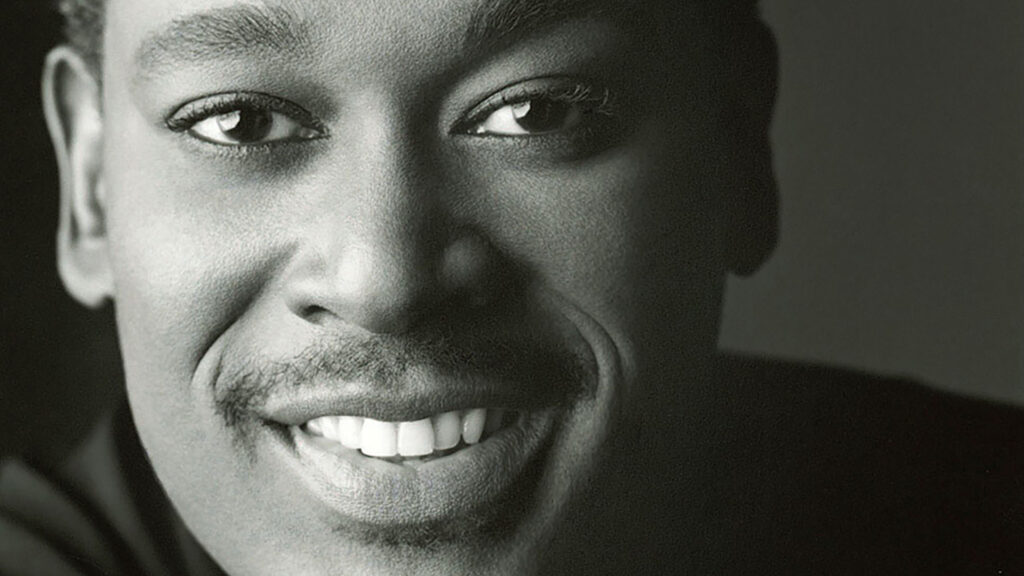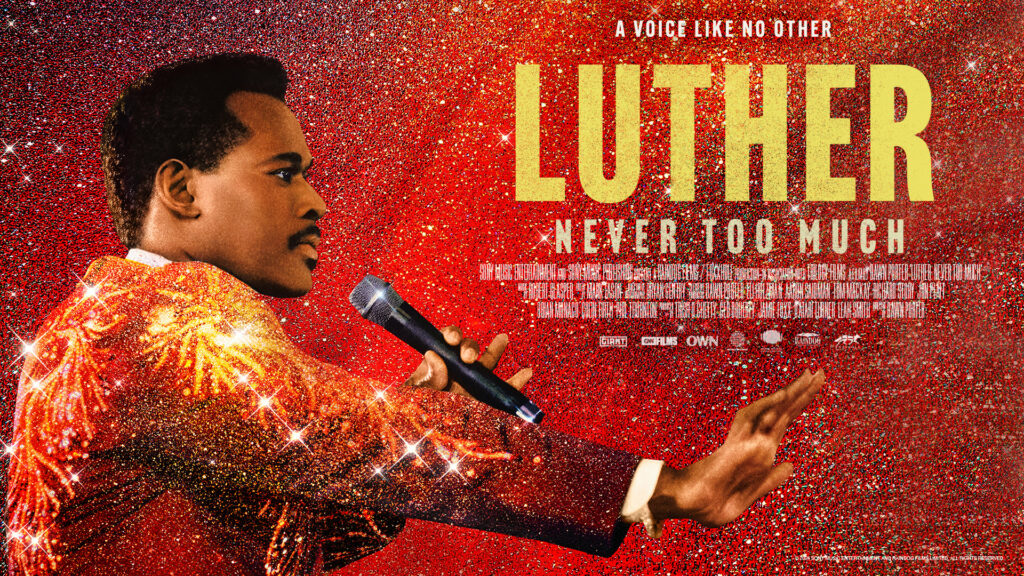Taking my family to see Luther: Never Too Much wasn’t just a trip to the movies—it was a journey through a legend’s life, love, and longing that hit home in ways I didn’t expect. I felt the parallels between Luther Vandross’s story and my experiences professionally and academically, especially his constant striving for a place of belonging and recognition. Directed by Dawn Porter, this documentary doesn’t reinvent the wheel for musical retrospectives, but it does create a resonant space that honors Vandross’s monumental influence on music, Black culture, and his insatiable pursuit of love and artistic success.
The film pulls no punches, offering generous musical footage that will have you tapping your feet and singing along with hits that dominated the ‘80s and ‘90s. Sony Productions made sure not to skimp on the soundtrack, and trust me, you’ll recognize every track. Vandross’s voice, smooth and iconic, carries through the decades with an intimacy that brings us closer to understanding a man who was at the top of his game—even when he didn’t always feel it. His journey, from recording jingles to chart-topping singles, felt both familiar and surprisingly revealing; for those of us who grew up on Motown, the way he seamlessly blended his roots with R&B and pop is nothing short of genius.
The film captures Luther’s undeniable talent, but also his vulnerabilities, most poignantly displayed in his quest for love. This unfulfilled aspect of his life hit me deeply—it’s heart-wrenching to watch a man whose music brought people together struggle with his desire for romantic companionship. Hearing his personal assistant Max Szadek talk about “Any Love,” the song Luther claimed as his most personal, exposes an ache beneath his glamorous exterior. Despite being known as “Dr. Love” by adoring fans, Vandross kept his personal yearnings close to the chest, and the film wisely allows his music to carry that weight instead of attempting to decode it.

Porter’s documentary doesn’t shy away from the painful parts of Luther’s experience in the music industry. Vandross’s efforts to break into pop as a Black artist were met with constant barriers, compounded by the industry’s obsession with his body and appearance. From singing on Sesame Street to arranging vocals for David Bowie’s Young Americans, Vandross showed he had mainstream appeal—if only mainstream audiences could get past stereotypes about Black artists. Yet, as the film shows, he didn’t let these setbacks deter him; he fought for his place on the charts, won Grammys, and earned a loyal following who loved him for all he was.
The documentary’s inclusion of iconic figures like Mariah Carey, Jamie Foxx, and Clive Davis (side eye) gives a broader view of his impact on the industry. Their accounts highlight just how much Vandross shaped modern R&B and influenced younger artists. For me, these conversations rounded out the story of a man who was not just an R&B legend but a visionary. Alongside giants like Marvin Gaye and Curtis Mayfield, he pushed the boundaries of soul music and made way for the voices that followed him.
Luther: Never Too Much doesn’t just showcase a career; it captures a life marked by passion, resilience, and artistry, as well as the painful reality of seeking love and acceptance on his terms. Vandross’s legacy will live on, not only in playlists but in the voices of those he inspired. This documentary might not reinvent the biography format, but it will remind you just why Vandross is one of those rare artists you can never get enough of—and how “never too much” is a feeling that will stay with you long after the credits roll.

